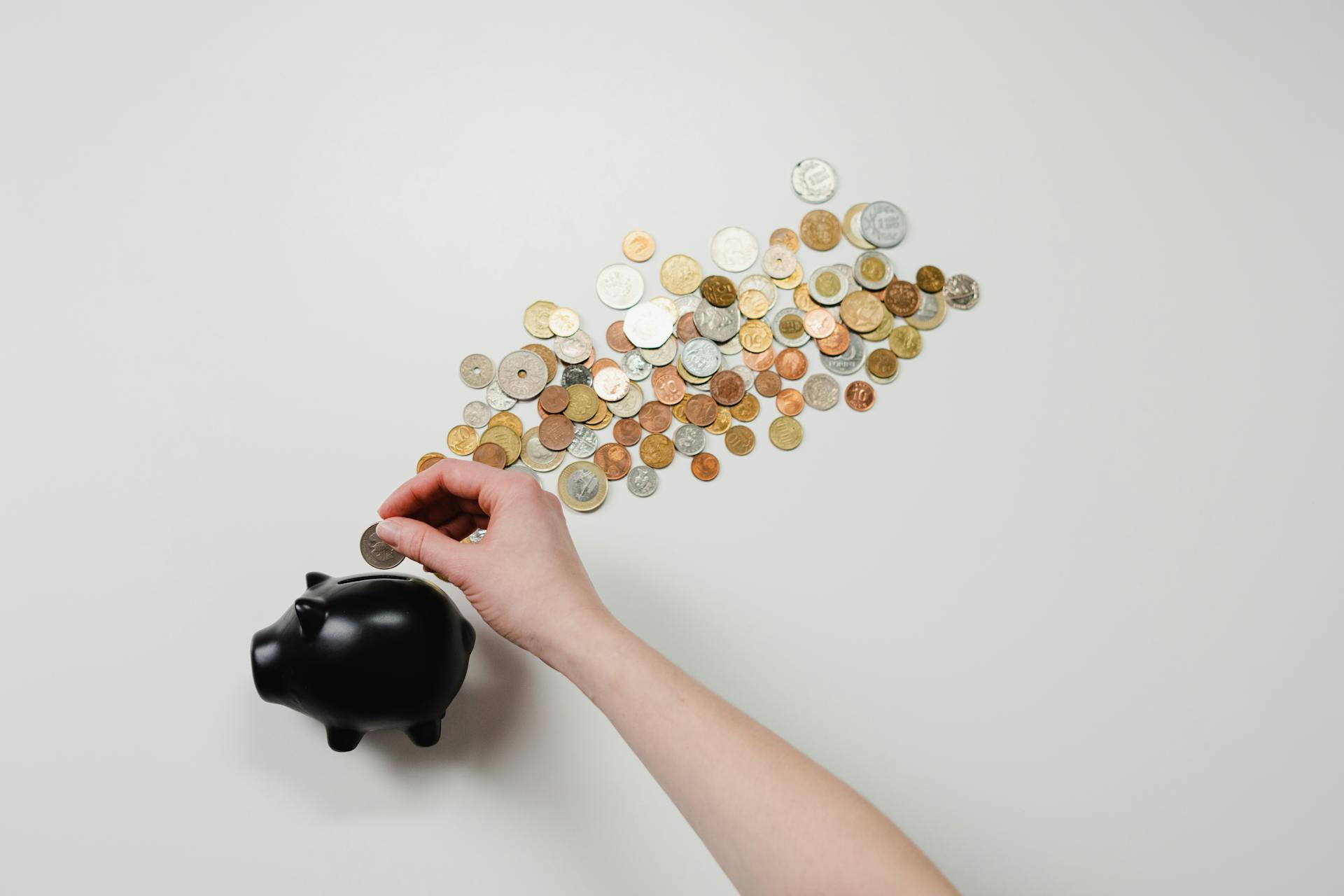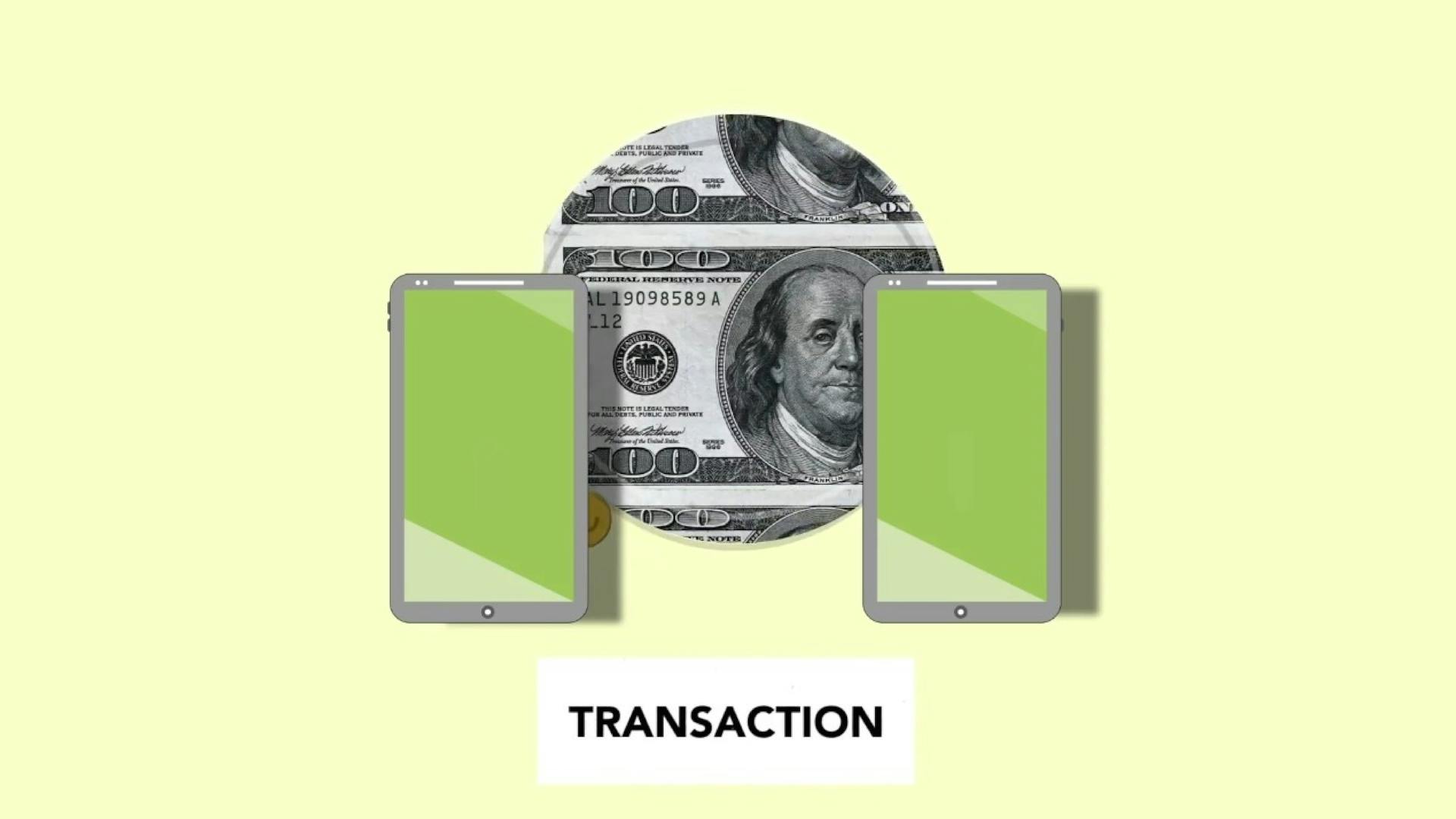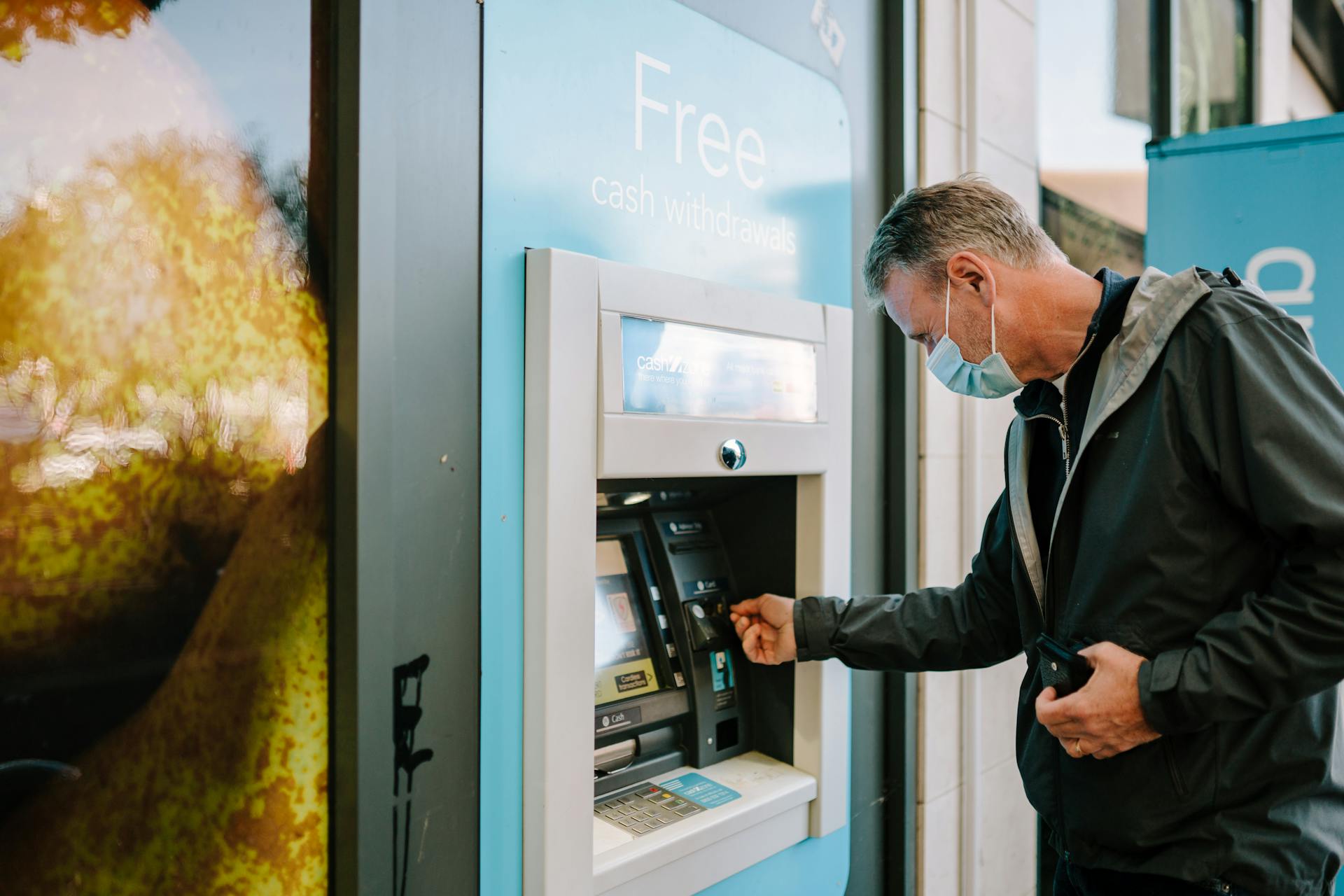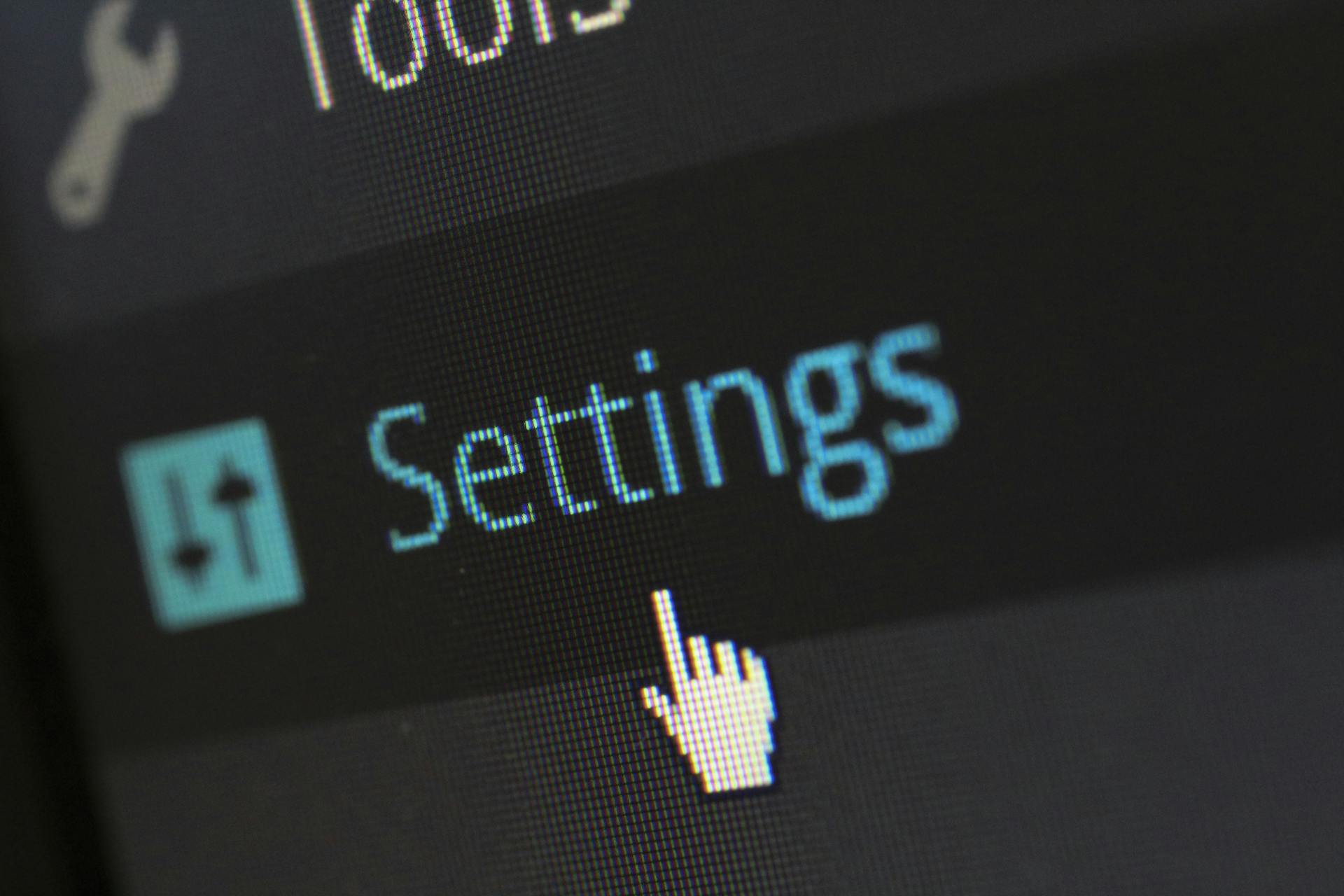
A put is an options contract that gives the owner the right to sell an underlying asset at a specified price within a certain time frame. The buyer of a put option believes that the underlying asset will fall in value, while the seller thinks it will rise.
When you buy a put, you hope the stock price will go down so you can buy it at a lower price and sell it at the strike price. If the stock price goes up, you still have the right to sell it at the strike price, but you'll have to buy it at a higher price, which will offset any gains you might have made from the put.
With a put, the most you can lose is the premium you paid for the option. Your maximum profit is the strike price minus the premium.
If you sell a put, you're banking on the stock price rising. If it does, the put buyer won't exercise their option to sell, and you'll keep the premium. If the stock price falls, you could be forced to buy the stock at the strike price, which would mean a loss.
Puts can be used to hedge against a decline in the value of a stock, or to speculate on a drop. They can also be used in conjunction with other options contracts to create more complex strategies.
Curious to learn more? Check out: Ll Cool
What is the difference between a put and a call?
When making investments, there are two basic types of options: puts and calls. Both options are agreements between two parties, but they differ in how they are used and what they represent.
A call is the right, but not the obligation, to buy an asset at a certain price within a certain time frame. A put is the right, but not the obligation, to sell an asset at a certain price within a certain time frame.
Calls are used when the investor believes the price of the asset will go up. Puts are used when the investor believes the price of the asset will go down.
The asset in question can be anything of value, including stocks, bonds, commodities, or real estate. The price is the strike price, which is the price at which the asset can be bought or sold. The time frame is the expiration date, which is the date by which the option must be exercised.
When the expiration date arrives, the call holder has the right to buy the asset at the strike price. If the price of the asset has gone up, the call holder will make a profit. If the price has gone down, the call holder will lose money.
When the expiration date arrives, the put holder has the right to sell the asset at the strike price. If the price of the asset has gone down, the put holder will make a profit. If the price has gone up, the put holder will lose money.
Calls and puts can be used to hedge against risks or to speculate on the future price of an asset. They can also be used in combination to create more complex strategies.
Explore further: Profit Organization
What is the strike price?
A strike price is the price at which an option holder can buy or sell the underlying asset. For example, if a call option on a stock has a strike price of $50, that means the option holder can buy the stock at $50. If the stock price rises above $50, the option holder can exercise their option and buy the stock at $50, even though it is now worth more. This is how options can act as a hedge against a stock price increase.
You might like: Spyder Cell Phone Holder
What is the premium?
There are many different types of insurance premiums, but in general, a premium is the amount of money that an insurance company charges its customers for coverage. Customers can usually choose to pay their premium in monthly, quarterly, or yearly installments. The frequency of premium payments generally does not affect the total amount of money that the customer will pay over the life of their policy.
The size of an insurance premium is determined by a number of factors, including the type of insurance coverage, the amount of coverage, the deductible, and the customer's personal risk factors. Insurance companies use actuarial tables to calculate premiums, which are based on the probability of a customer making a claim. The higher the probability that a customer will make a claim, the higher their premium will be.
There are two types of insurance premiums: direct and indirect. Direct premiums are paid by the policyholder to the insurance company. Indirect premiums are paid by the policyholder to an agent or broker.
Premiums can be paid in a number of ways, including through payroll deductions, direct bill, or automatic withdrawal from a checking or savings account. Some insurance companies offer discounts for customers who pay their premium in full up front, or who set up automatic premium payments.
The premium is the backbone of the insurance policy, and without it, the policy would not exist. The premium is the price that the policyholder pays for coverage, and it is the amount of money that the insurance company uses to pay claims. Premiums are also used to pay for the costs of running the insurance company, including salaries, marketing, and administrative expenses.
Broaden your view: What Are the Factors of 56?
How is the premium calculated?
The premium is the amount of money that an insurance company charges for an insurance policy. The premium is calculated based on a number of factors, including the type of insurance, the amount of coverage, the deductible, and the insurance company's claims history.
For another approach, see: Maximum Amount
When does a put option expire?
A put option is a contract that gives the buyer the right, but not the obligation, to sell an underlying asset at a specified price on or before a certain date. The specified price is known as the strike price, and the date is known as the expiration date.
When does a put option expire? If the put option is not exercised by the expiration date, then it expires and the buyer forfeits the right to sell the underlying asset.
A unique perspective: Read Expiration Dates
What happens when a put option expires?
In finance, a put or put option is a contract which gives the buyer the right, but not the obligation, to sell an asset (usually a stock or commodity) at a specified price (the strike price) on or before a specified date (the expiry). The purchase of a put option is interpreted as a negative statement about the future value of the underlying asset. A European style option can only be exercised on the expiration date, while an American style option can be exercised at any time before the expiration date.
A put option expires when the underlying asset's price is above the strike price at expiration, giving the buyer of the put the right to sell the asset at the strike price. If the asset's price is below the strike price at expiration, then the put option expires worthless and the buyer loses the premium paid for the option.
For another approach, see: Which Statement S Is Are Correct about the T Distribution?
What is the exercise price?
The exercise price is the price at which the option holder can buy or sell the underlying security. It is also known as the strike price or the strike price. For a call option, the exercise price is the price at which the security can be bought. For a put option, the exercise price is the price at which the security can be sold. The exercise price is usually set at the time when the option is bought.
For more insights, see: Can You Use Bleach on Your Areola?
What is the expiration date?
There is no one answer to this question as it depends on a number of factors. The expiration date on a food product is determined by the manufacturer and is based on a number of safety and quality factors.
The food expiration date is NOT a safety date. The expiration date is the date when the manufacturer says the product will no longer be at its best quality. After the expiration date, the food may not have the same flavor or texture. It may also be less nutritious.
The expiration date is an important tool for the food industry. It helps companies make sure that their products are consumed while they are still at their best. It also helps stores know when to remove products from their shelves.
The food expiration date is determined by a number of factors, including:
-The type of food -How the food is processed -How the food is packaged -Storage conditions
These factors all play a role in how long a food product will stay fresh.
The expiration date is not a safety date, but it is still important to follow. If a food is past its expiration date, it does not mean that it is unsafe to eat. However, it may not be at its best quality. It is up to the consumer to decide if they want to consume a product that is past its expiration date.
Expand your knowledge: Expiration Date
Frequently Asked Questions
What is an example of a put?
A put is an option to sell a security at a set price before it reaches the market. For example, if you owned 100 shares of ABC company's stock and had the right to sell them for $100 each on June 1st, you could purchase a put contract giving you the right to sell your shares at $80 each on or before June 1st for a premium (money paid) of $5 per share. In this case, your profits would be $20 per share minus the $5 premium paid, or $15 per share multiplied by 100 shares. So if ABC's stock closed on June 1st at $85, then you would have sold your shares at $105 per share ($85 + $5 premium).
What does it mean to buy a put?
When you buy a put, you agree to purchase the stock at a specified price (the strike price) if it is put into circulation by the seller. The agreement allows both you and the seller to avoid being exposed to potential volatility should the stock price fall below the strike price. What does it mean to sell a put? When you sell a put, you agree to sell the stock to the buyer at the strike price should it be put into circulation by the seller. The agreement locks in some money for you, guaranteeing that you will receive (at least) the agreed-upon amount of cash should the stock price fall below the strike price.
How do puts make money?
The owner of a put option profits when the stock price declines below the strike price before the expiration period. The put buyer can exercise the option at the strike price within the specified expiration period.
Why would you buy a put option?
If you believe the price of the underlying asset will fall, buying a put option gives you the right to sell that asset at a fixed price within a certain time frame. This can provide you with financial protection in the event that the stock falls below your predetermined purchase price.
What is considered a put?
A put is a contract giving the option buyer the right, but not the obligation, to sell—or sell short—a specified amount of an underlying security at a predetermined price within a specified time frame.
Featured Images: pexels.com


